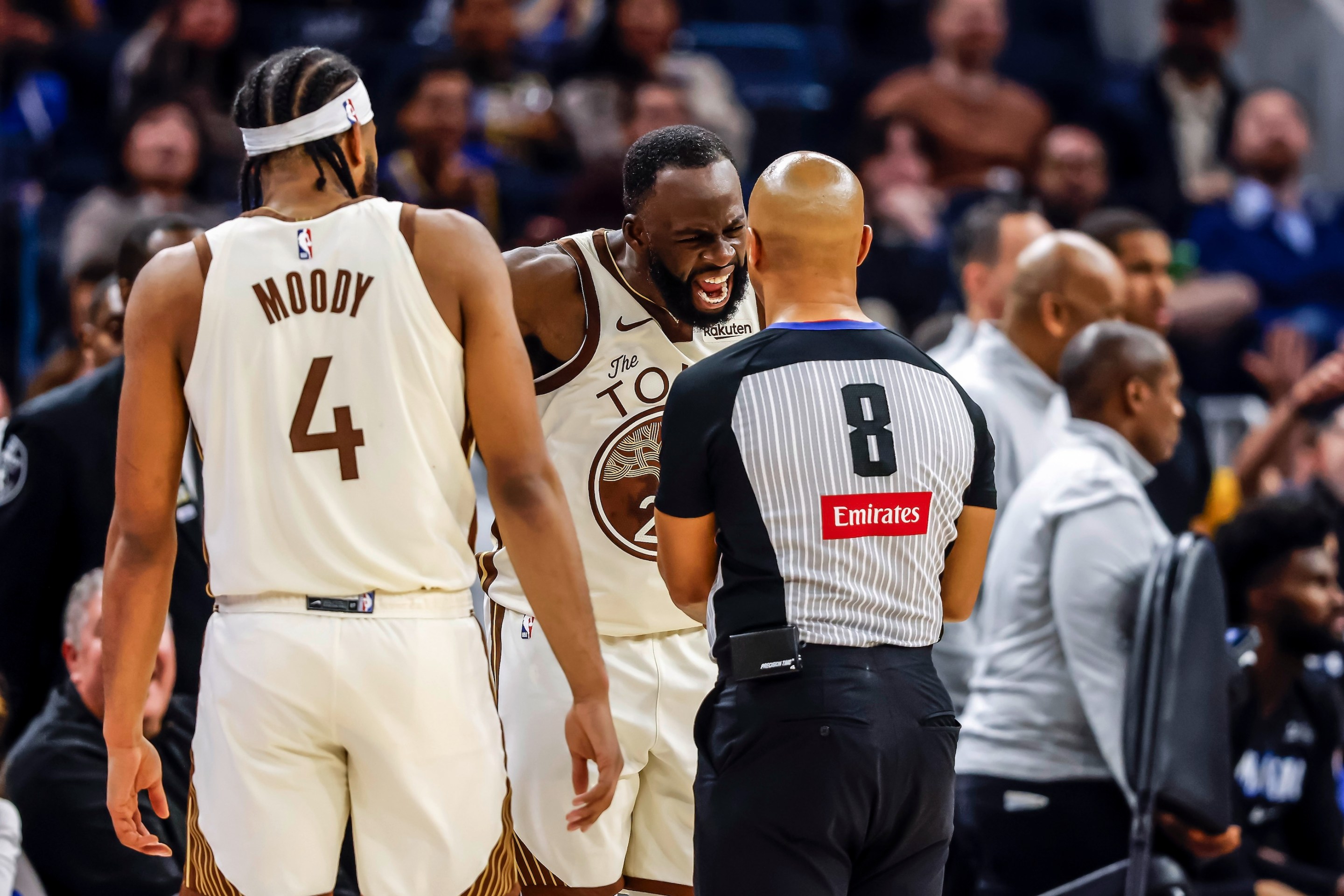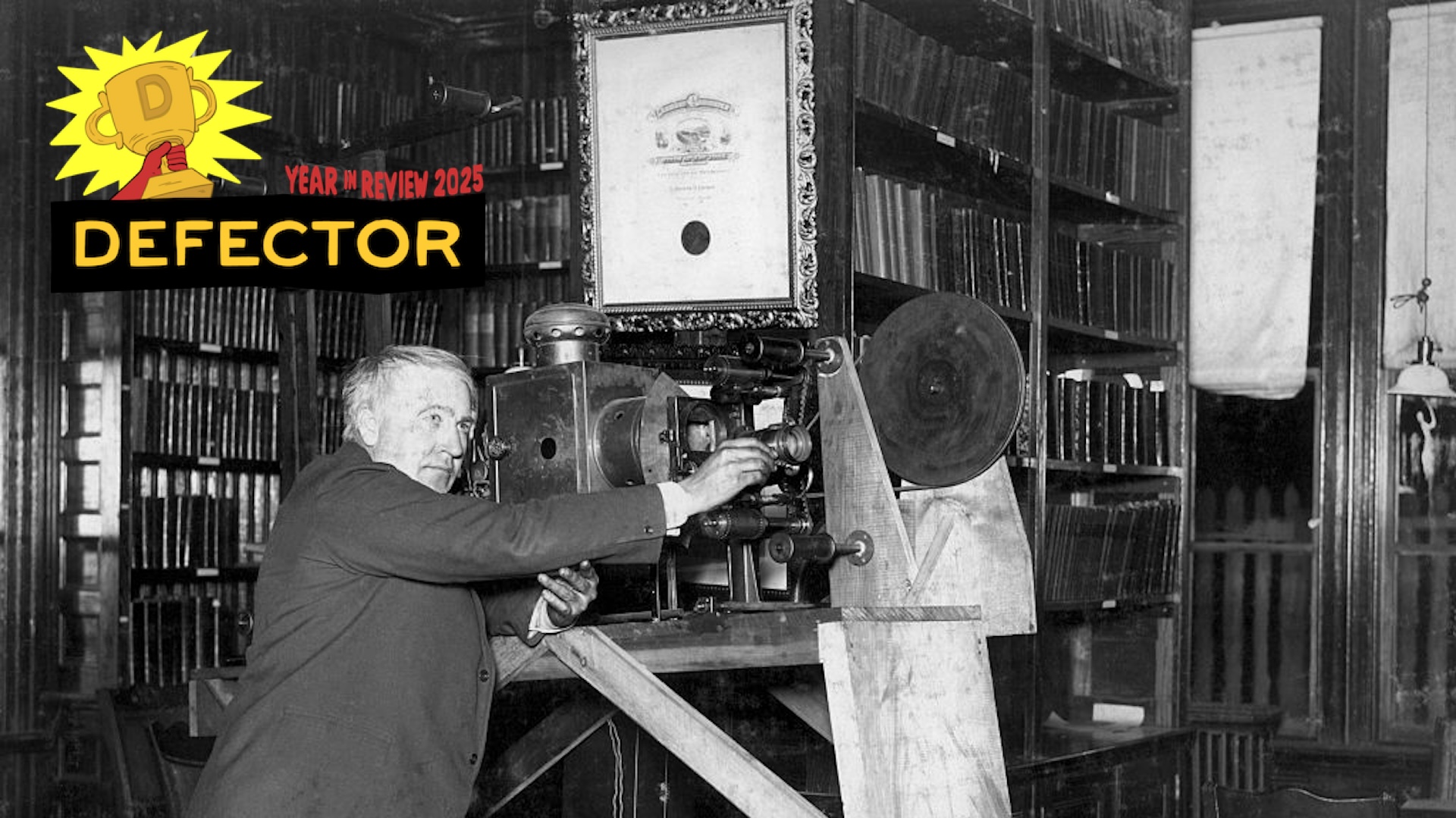Men’s tennis is just Jannik Sinner and Carlos Alcaraz hurtling toward one another, with loud and incandescent results. Since Sinner returned to the tour in May after a three-month suspension, the rivals have entered the same tournament five times. In all five instances, they have met in the final. They appear to be on such level terms now, across all surfaces and court speeds, that each match comes down to the idiosyncrasies of fatigue, form, and focus. The old, easy shorthands now feel obsolete. Every match is a new fight, and this latest bout went Alcaraz's way.
Sinner and Alcaraz met again on Sunday at the U.S. Open, for the third consecutive major final, completing a summer trilogy. While Sinner had technically dropped fewer games going into the final—52 to 58—Alcaraz had been the steadier player, winning his first six matches without dropping a set. He remained the stronger man on the last day, beating Sinner, 6-2, 3-6, 6-1, 6-4, one more untouchable performance to cap off what he called “the best tournament so far that I have ever played.” That's some superlative, coming from a guy who has already compiled a legendary career by age 22.
For the second year running, the rivals have split the year’s Slams. The Big Three era is over, the Sincaraz era is well underway, and now the lore is getting even richer. Many of the simple narratives of their early years have started to disintegrate, one of them being the distractible Carlitos. Alcaraz was infamous for taking the scenic route in the early rounds of a major, and as recently as Wimbledon, he went five rounds with the profoundly washed Fabio Fognini, who retired from professional tennis immediately after the match.
But Alcaraz sped through the U.S. Open draw without a single scare. He even dismantled Novak Djokovic in straight sets in the semifinal, keeping the GOAT in this purgatory where he’s better than everyone else on tour, but, by his own admission, can’t beat the new duopoly in best-of-five. Alcaraz had never before arrived at a major final without dropping a set.
Then there’s the question of court surface. Previously, Alcaraz appeared to be the king of the natural surfaces. Then Sinner came within a point of stealing the major on Alcaraz's native clay, and finished the job on grass a few weeks later. In theory, Sinner was the master of the hard court, but now Alcaraz has conquered him at the U.S. Open, breaking his rival’s streak of three straight hard court Slams, and extending his own hard court win streak over Sinner to three—four, if you count Sinner's illness withdrawal at Cincinnati.
The arms race between the two is quickening. Their excellence rests on the same base: groundstrokes overpowering with pace and spin; sound forehand and backhand; the best returners on tour; two of the best movers on tour; and no exploitable weaknesses, except when facing one another. But they do have their differences: Before the U.S. Open, if you had asked me about the clearest edge that Jannik Sinner had over Carlos Alcaraz, I would’ve said the serve, and his first serve in particular. That was the skill that carried him to the Wimbledon victory in July, through the third and fourth sets. I did not expect that Alcaraz would close the gap so quickly. But rate of improvement is one of the scariest aspects of the Spaniard’s tennis, and Alcaraz, who overhauled his serve and added 5 grams of weight to his racquet during the offseason, is starting to reap the rewards of those changes. His entire U.S. Open was a serving masterclass, and in the final, he outclassed Sinner by a decisive margin.
Zooming up 30,000 feet, that was my main takeaway from the 15th installment of the Sincaraz rivalry: the serve disparity. No player alive is going to beat Alcaraz while putting only 48 percent of first serves into play; only Sinner is talented enough to still drag the match to four sets while posting that number. It wasn’t a good tournament for the Italian on serve, and he said he felt a twinge in his abdomen during his semifinal against Felix Auger-Aliassime—he notably dipped in speed and accuracy, before he got some treatment. Sinner's ability was even dodgier in the final. Alcaraz put 61 percent of first serves in, easily outpacing Sinner’s 48, and he also backed up his first serve better from the baseline, winning 83 percent of those points, to Sinner’s 69. He had higher top-end speed, breaking the 130-mph barrier a handful of times, and he managed 10 aces without a single double-fault. Tasked with outplaying his rival, it might have been the best serving day of his career. Alcaraz has recently wondered, in jest, if he was becoming a servebot, and while the match had a few absolute classic rallies, the slew of quick points had me nostalgic for the days when neither of them could really serve.
If I were Jannik Sinner, my takeaway would not have been dire. One bad serving day shouldn't undo everything that came before it. Which is why I was so surprised to hear his own assessment. The occasionally terse Sinner came into his postmatch press conference in a more loosey-goosey mood, and spoke freely about wanting to retool his game. He was asked a broad question about his season, and about where the rivalry can go from here, which inspired a more-or-less unsolicited analysis of his flaws as a player. Here are his remarks in full, because they’re pretty interesting:
Well, I was very predictable today, you know, on court in the way of he did many things, he changed up the game. That's also his style of how he plays. Now it's going to be on me if I want to make changes or not, you know? That's definitely we are going to work on that.
I'm trying to be more prepared for the next match what I will play against him. It also, I feel like, depends how you arrive to play against Carlos. You know, one thing is when the scoreline, you know, matches before are comfortable but you always do the same things, like I did, for example, during this tournament, you know, I didn't make one serve-volley, didn't use a lot of drop shots, and then you arrive to a point where you play against Carlos where you have to go out of the comfort zone.
So I'm going to aim to, you know, maybe even losing some matches from now on, but trying to do some changes, you know, trying to be a bit more unpredictable as a player, because I think that's what I have to do, trying to become a better tennis player.
Having spent an unhealthy amount of time studying their press conferences for my book, I recognized that old self-deprecation—“too predictable”—from the aftermath of their 2024 Indian Wells meeting. On that occasion, Alcaraz’s ability to switch into a loopy, slow-rolling style of play took Sinner out of his rhythm. This time, however, I felt that it wasn’t a question of versatility: Sinner lost on pretty bread-and-butter fundamentals, the serve and return, the unglamorous foundation of tennis. Did he really need to reevaluate the entire state of his game? The idea that Sinner, who is as allergic to losing as I am to this season’s pollen, would be willing to eat some short-term Ls in the name of long-term improvement was most fascinating of all. He is 110-11 over the past two seasons, with seven of those losses against Alcaraz. This press conference was an admission that he’s good enough to beat literally everyone else, but he needs to find something extra to take on his rival.
For Alcaraz, this win will be one to treasure. It wasn’t just the serve, which he held in 98 out of 101 service games throughout the tournament. The entire, mystifying package was on display. His forehand looked like the best shot in the world—jarring, point-ending power from anywhere on the court—and he broke down Sinner even in the baseline exchanges that the Italian typically dominates when facing anyone else on tour. His defense was slithery and total. Carlitos used his deep bag of tricks when needed, but didn’t overdo it; there’s one volley he picked up off his shoelaces that had me spit-taking in the first set. He looked, unequivocally, like the best player in men's tennis throughout this match, and the rankings now reflect that: He wrested the No. 1 away from his rival, returning to the top slot for the first time since 2023.
When asked whether he finds his rival “predictable,” which was Sinner’s self-diagnosis, Alcaraz said that he wasn’t, but that he had studied him, because he “loves watching him play,” and because he seeks feedback about how his rival is performing in a tournament.
“I wouldn’t say he’s predictable, but I know his style," Alcaraz said in the postmatch presser. "I know what he’s going to do or his main weapons on his game … even though he could feel predictable, it’s really, really hard to maintain the level and playing long rallies against him.” Alcaraz and his coach Juan Carlos Ferrero said they’d studied the Roland-Garros and Wimbledon matches and spent 15 days training specifically to focus on how to play Sinner.
What's clear is neither player can afford to be passive. The research and development continues apace. If this U.S. Open is any indicator, Alcaraz is closing the gap on serve. Now it’s up to Sinner to find a new edge. Who will find a novel way to confound the other, and how long will it last? These are the core questions at the top of men’s tennis. For now, everyone else on tour is just the audience to their duel.







